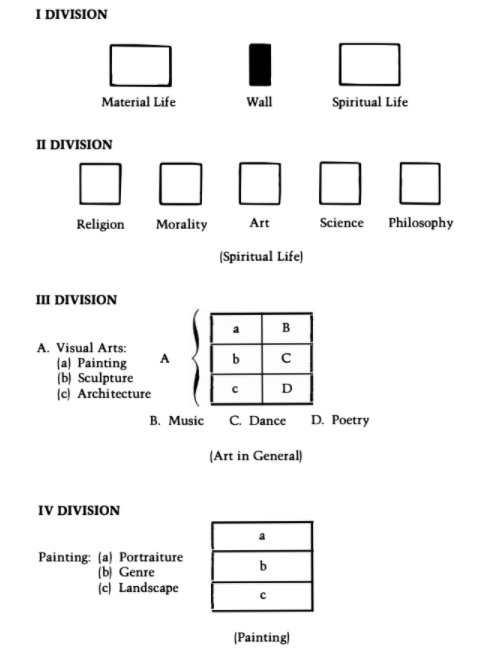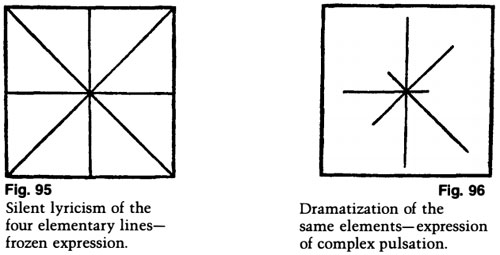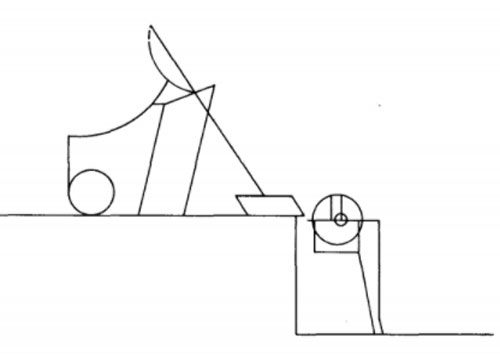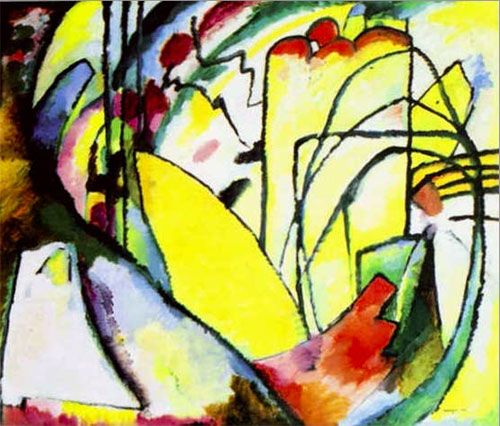|
What follows is the third and final part of one variant of a lecture I have given in many countries—to theatre professionals and conservatory students, theatre historians, theatre critics, and more. Versions have also been published in Korean and Chinese.
January's Introduction and Part 1 of 3 are here. February's Part 2 of 3 is here.
Part 3: The Theatre Training Reform and Programs
Kandinsky observed that poor arts teaching reinforces the walls between different areas of our experience. In life, for example, our material lives are separated from our non-material or spiritual lives, and this separation is reflected in training—that is, the practical aspects of art are taught without wider human values. The sciences are separated from the arts; the arts are separated from one another. Even within the individual arts, painters are divided into "isms," poets into "schools," and actors into "methods." He wrote:
Nearly the whole of the nineteenth century consisted of a more or less calm process of ordering, categorization, and division…. The astronomer had just as little time for Sanskrit as the musician had for sculpture. On this basis, all possible kinds of colleges were built, which produced highly trained specialists and completely uneducated people. And still do today.

Illustration of divisions (1927).
Kandinsky believed that art education's function is to counteract this divisive approach to both life and art, and to provide a broad philosophical basis. The "Synthetic" [Synthesizing] Art requires the "Synthetic" [Synthesizing] Artist, and to answer the need for a new kind of education, Kandinsky developed the curricula for two arts training programs.
He developed his first training program in Russia, in the turbulent period following the Revolution. He intended it as a graduate or continuing education program, to give working artists the interdisciplinary education they had missed in their original training.
He proposed a series of joint seminars for painters, sculptors, architects, musicians, dancers, poets and theatre people. They would all study together, beginning with a theoretical study of the most basic components of the individual arts. From this solid foundation, they would develop as artists together in small, analytical increments, comparing and integrating their disciplines at each step. At the end of this cumulative method of study, they would be able to create the organic, monumental work that integrated all of the arts: a collaborative piece for the stage.

Kandinsky's program was going to be implemented at the Russian Academy of Artistic Sciences—but instead, Kandinsky left for Germany.
There, Kandinsky spent the years from 1922 to 1933 at the Bauhaus, perhaps the most famous interdisciplinary art conservatory in history, with its own experimental theatre. His writings of this period reflect his work as school administrator and master teacher, and his on-going involvement with the problems of art teaching. He wrote extensively on the purpose and structuring of an education in the arts, explaining his own system of instruction both explicitly and by inference, and always insisting that his approach would benefit teaching in all the arts, with special reference to the theatre. I recommend the endless administrative planning memos for the Bauhaus as thrilling reading for anyone interested in interdisciplinary education.
Kandinsky's second arts program, then, was designed for arts students just beginning their training in a four-year conservatory setting. His goal was to give the students a balance—of practical and theoretical knowledge, of intuition and calculation, of skills for analyzing and integrating. They were to move freely between all the departments, and choose their own yearly projects. As in his Russian program, his courses followed a highly systematic progression. The first term focused on isolating and juxtaposing elements of structure; the second term covered content and complexity; the third term, content and simplicity. Each year, the students would meet with more, different problems, and the skills to solve them.
Kandinsky was optimistic about the future of the theatre if theatre training could be reformed.

"The artist is indistinguishable from every other creative person.
His work is law-governed and purposive." (1928)
Conclusion
First, allow me a personal note: I grew up around the theatre and images of Kandinsky's paintings. Later, as I became an actress, then director and scholar, at each turn, I kept finding what I needed in Kandinsky's writings—and this has never stopped. Around 1982, when I was developing as a teacher, I began to focus on Kandinsky's statement that every art discipline should be taught in exactly the same way—and that his system of instruction "should be the method for all other areas of teaching." One passage particularly caught my eye: "…merely apply the corresponding principles laid down for painting, and of its own accord the happy dream of the theatre of the future will rise up…"
These few sentences—as they say—changed my life. In 1985, I founded the Actors' Training Project, to offer Kandinsky's unusual training principles to theatre students. This program ran for 20 years in California, and since 2004, I have introduced this work in major theatre institutions—especially around Asia—and in North America, as well as in Russia, Sweden, and Mexico. In October 2014, I introduced Kandinsky's theatre work at the Shanghai Theatre Academy, in the second of two lectures on Stanislavsky, with the title, "Towards a New Actor: Stanislavsky, Kandinsky, Schlemmer."
To conclude: In 1976, his wife wrote that Kandinsky's "greatest ambition was to create a large-scale, multi-media ballet"; on the threshold of World War II, already in his seventies, Kandinsky was still discussing plans for his "multi-media ballet" with the great Russian choreographer, Massine. Ultimately, over decades of upheaval, the solitary painter's work proved more viable than the collaborative theatre did. If we give his work serious attention now, early in the 21st century, we may finally see the theatre Kandinsky saw early in the 20th century.

Improvisation No. 10. 1910
|